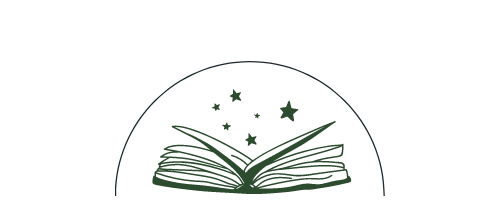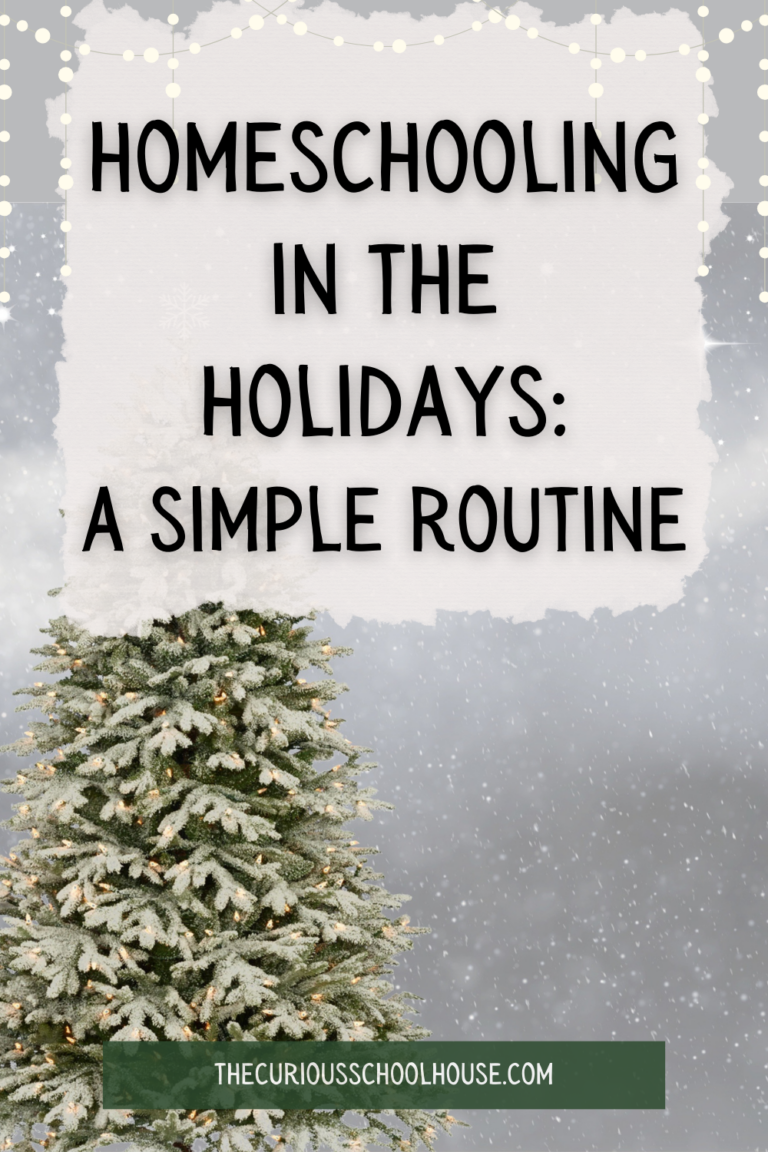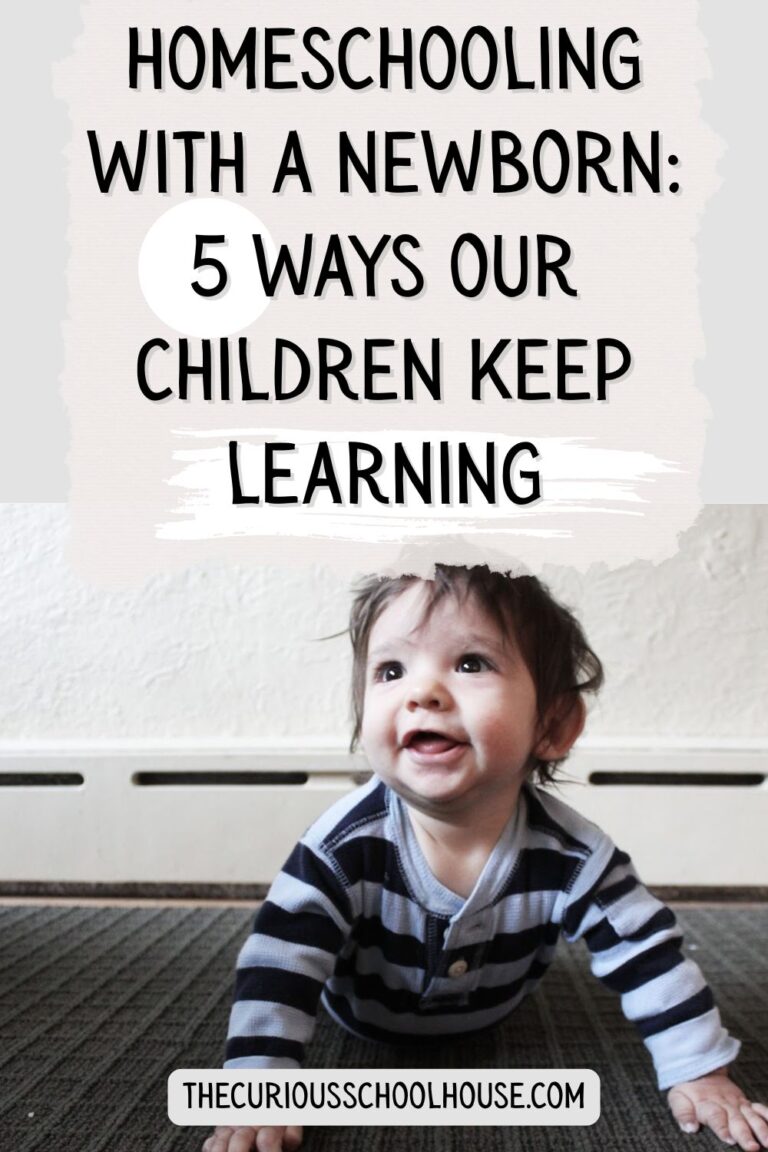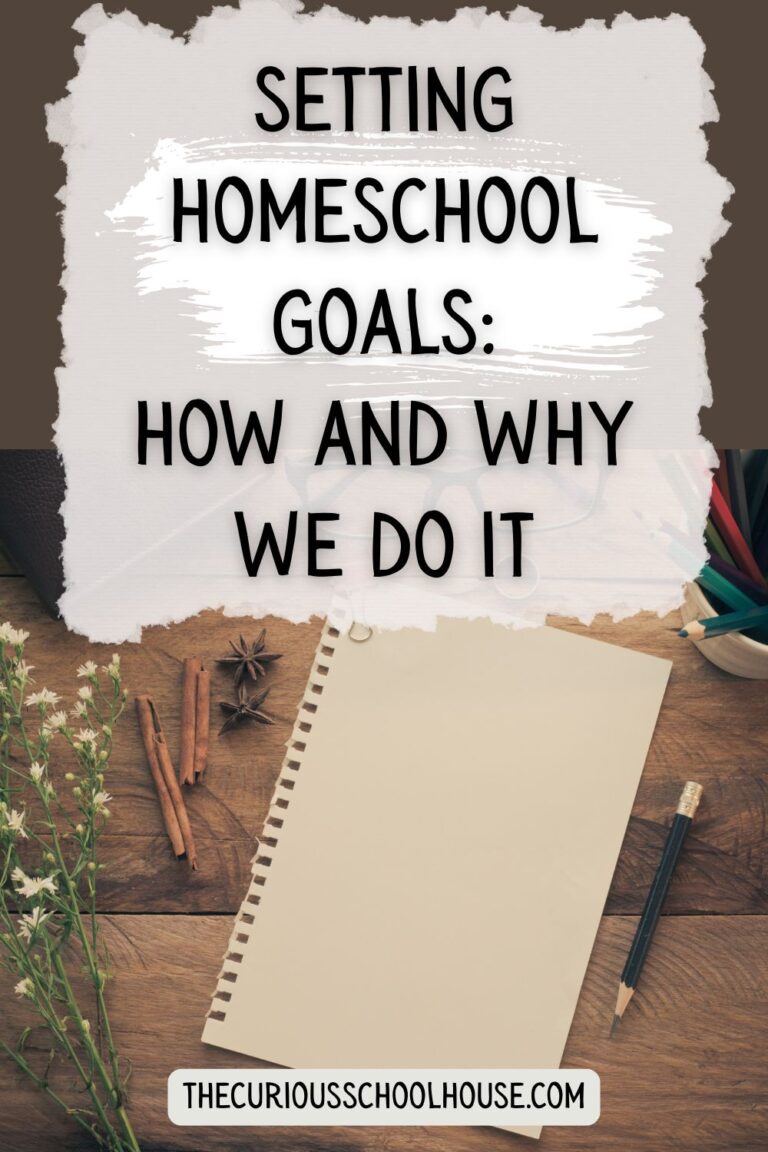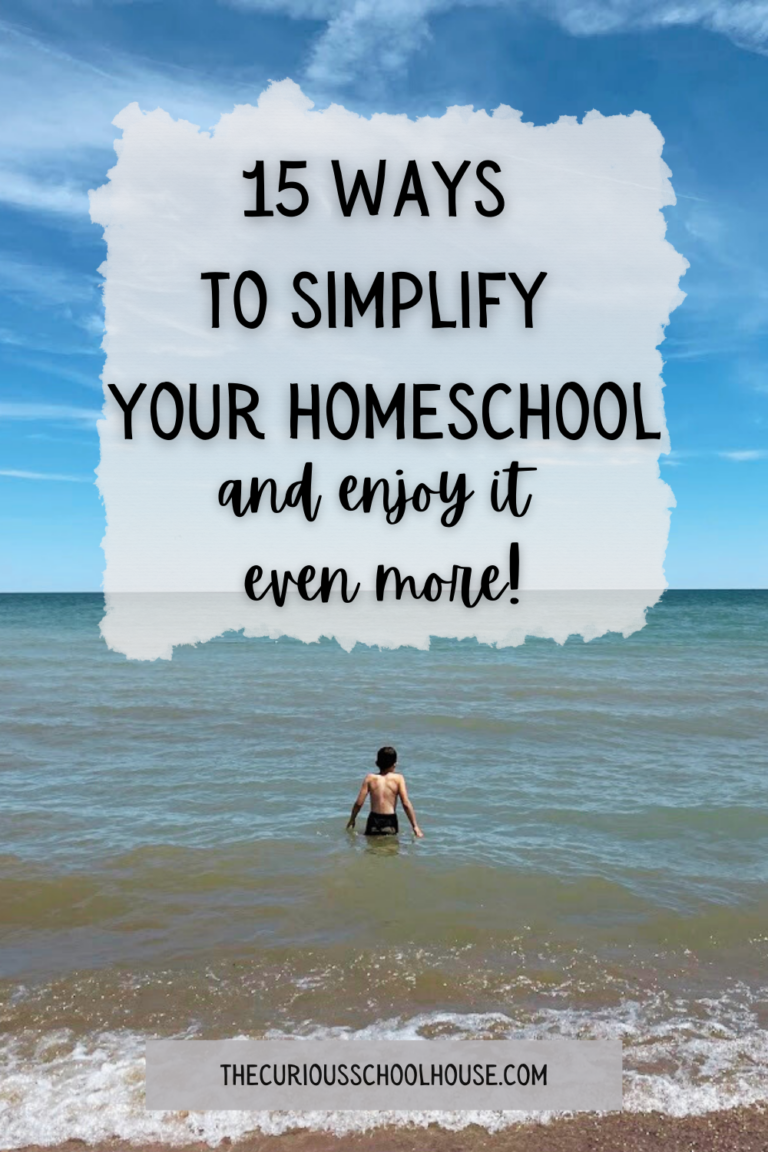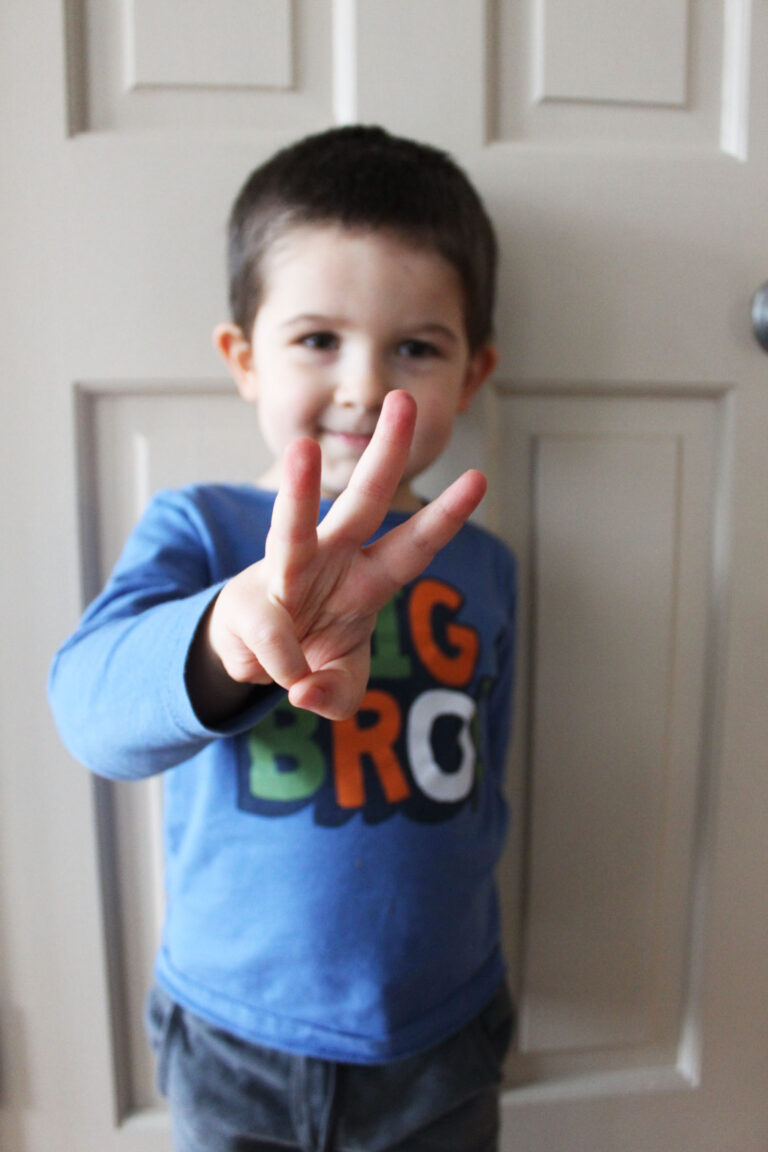Spring Homeschool Update: Narration, Sleepless Babes, + More!
This post shares an update on our homeschool life, an Easter unit study we’ve been loving, ideas for using drawing as a form of narration in our homeschool, and encouragement that the best sort of learning does NOT involve textbooks or worksheets!
Baby Brother is six months old this week! He is alert and smiley and loves to laugh at his siblings and try new foods and he takes a bottle like a champ… and still won’t sleep through the night. But soon! It should be soon! Please just disregard the fact that I have been telling myself this for three months now.

On a semi-related note, I set a goal this year to write two blog posts per month, and it has not happened. The spirit is willing but the flesh is weak and Stinker Baby keeps stealing my energy and sleep! I hope the rest of the year will bring more sleep and more time for writing, but I do sincerely appreciate each of you who takes the time to read, even when my posts are sporadic and unpredictable.
We all love this little guy dearly. Every day I will hear his siblings say things like “Mom, it’s so fun to have a baby in the house!” and “Mom, he is just so cute and little!” and “Mom, can I hold him? Can I give him some toys?” Yes, they are going to spoil him, and no, I don’t know what to do about it.
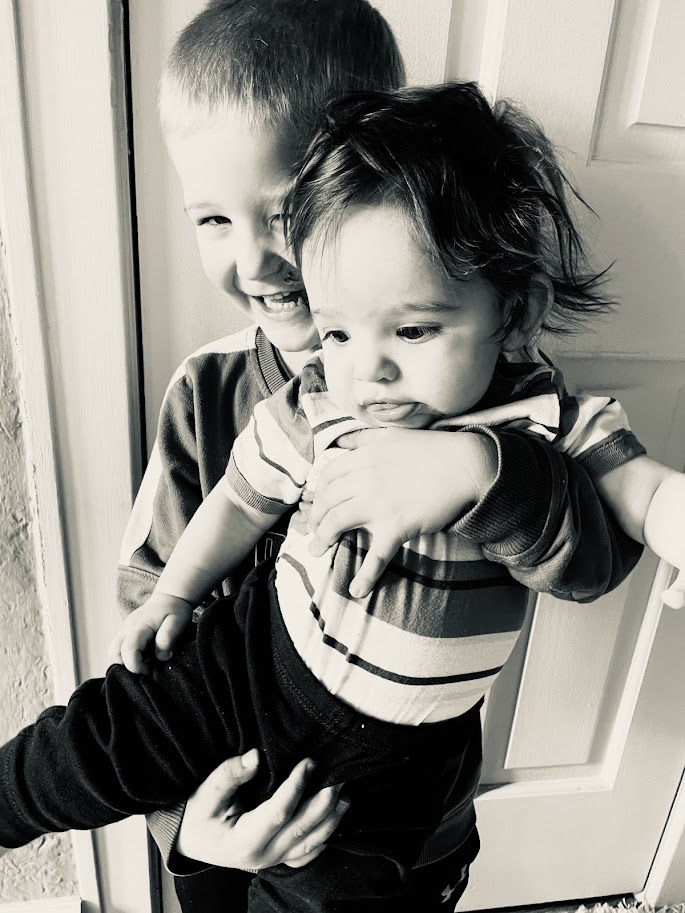
Last week we began a three-week Easter unit study from Treehouse Schoolhouse and so far we are loving it! I haven’t done many unit studies in our homeschool, but we are all enjoying the change of pace (we’ve dropped our other subjects temporarily) as well as the chance to slow down and spend some focused time each day thinking about Jesus’ life, death, and resurrection.
The study consists of Bible reading, famous art to study, poems to read, hymns to sing, picture books to read, crafts to create and recipes to bake. We haven’t done every single item but what we have done has been so good! The most valuable part so far has been the narration work accompanying the Bible reading. If you’re not familiar with narration, it is one of Charlotte Mason’s key ideas and is simply the art of “telling back.”
Using Narration in Our Homeschool
Mom reads something – part of a story, or history, or Bible – and the child tells it back in their own words, either orally or through writing or drawing. Big Brother and Middle Brother each have a narration notebook for this Easter unit study, and after we read the short Bible passage for the day they will write a sentence and draw a picture to go with it.
Now, as much as I admire the idea of using narration in our homeschool, we have not done much of it. Because it is a new skill for us, we are starting small and at different levels for each boy. For Little Brother, I just give him a blank piece of paper, he tells me one sentence about what we read, I write it down for him, and then he draws a simple picture to go with it.
Middle Brother thinks of a sentence and then (because writing is still laborious for him) I write about half of it and he writes the rest, and draws a picture. Big Brother writes his own sentence, usually a bit longer and more detailed, and draws a picture. I did not anticipate how much the boys would love this, but they do!
Narration has numerous benefits which I will not explain here because others have already done so in books and blogs and podcasts, but what I am seeing first-hand is how our boys are listening more carefully to the story – knowing that they will need to draw and tell about it – and, as a result, thinking more carefully about the story. I am definitely going to spend some time planning how we can incorporate more narration into our routine for next year.
One other aspect of this study that I’m appreciating is that Little Sister can easily join in. She has her own blank piece of paper to draw on and she happily scribbles away while her brothers work on their narrations. On a normal school day she would usually spend an hour in her room playing by herself while the boys and I get some work done – which she loves, so it’s not a bad thing by any means – but it’s also so sweet to see her join in on all that we’re doing together at the table.
Our plan for the spring is to continue this unit study through Easter and then go back to our normal schedule (but shortened, because we have already finished a few subjects) for the next four weeks. Also, though we have had more snow in the last two weeks than we had through all of November and December, it is in fact spring – and as soon as we escape from these lingering freezing temps, I know that we will all be desperate to get outside. Bike rides! And walks! And playgrounds! And the zoo! They are calling to us, and we will absolutely make time in our school days to answer.
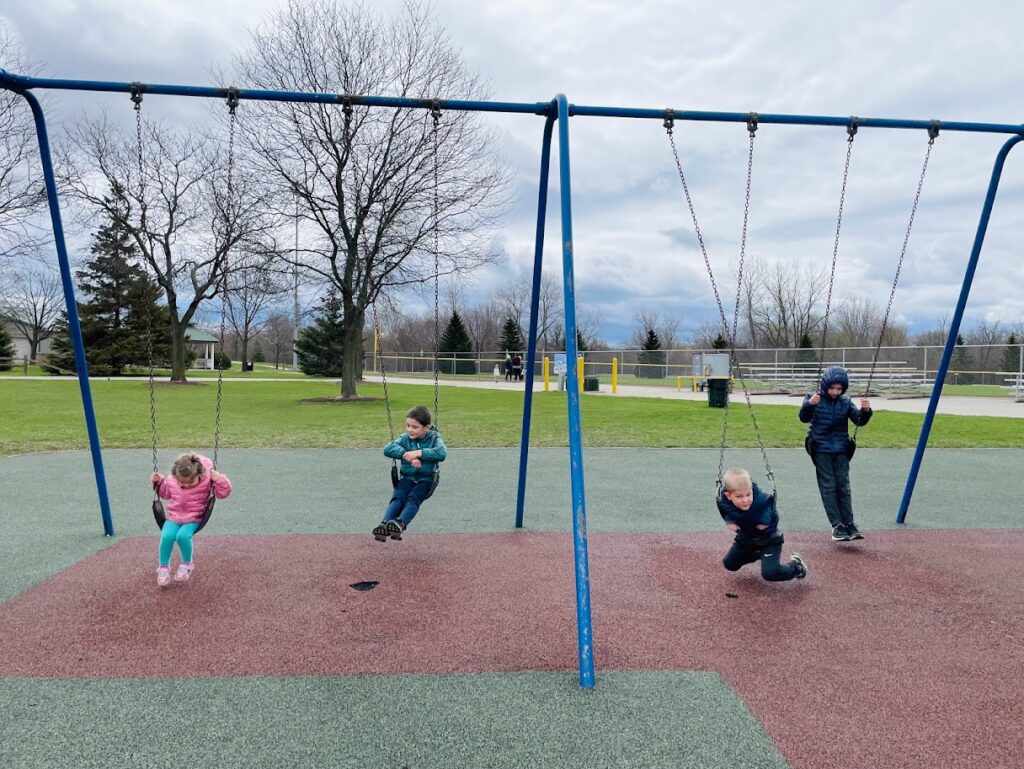
After all that, we are on vacation for a week with some friends, and then summer is here! Our school year will be “officially” done once we leave for vacation in mid-May, but… *whispers so the kids don’t hear*… we will still do some school during the summer. Actually, we always have done this, and the kids have never noticed or complained so I see no reason to stop now. Ha!
Summer Plans
The main reason we do this is because it gives some much-needed structure to our days (YOU try letting five kids roam freely all-day-every-day and let me know how long you last). It’s also useful for keeping up our skills on subjects like math so the September re-entry isn’t so painful, and it allows us to catch up on things that we didn’t get to during the school year, which this year is needed more than usual.
Plus, it’s fun! Learning is a life and life is learning and there’s no reason for that to stop just because the public school calendars say so.
And by “learning” I do not mean textbooks crammed with facts that are drier than my hands in January, nor do I mean pages upon pages of useless workbooks. Textbooks and endless workbooks would serve our kids better if we gathered them all up, tossed them in a gigantic bonfire, and let our kids cook marshmallows over it.
True learning, in my humble opinion, is better facilitated through ideas and living books and experiences and stories and conversations. Pardon the soapbox, but in all my readings of educational philosophies I have never seen even one person who thought that textbooks were a good idea for kids. But hey, it’s a multi-million dollar industry, so it’s a good idea for the publishers!
So yes, summer will include school, but it will be less of the workbook sort and more of the good-books-and-narration sort. I’ve started to jot down a list of skills to practice and chores to learn and books I’d like to read during the summer, and I will make it into a loose sort of schedule once we get closer to June.
It’s hard to believe another school year is almost over! I will soon be typing up a list of all we did this year, both as a record to keep and as an encouragement to myself. Some days feel like we are going nowhere fast; I’m reminded of the times I was canoeing in the Boundary Waters against a strong wind, furiously paddling until my arms ached and my hands cramped, watching the shoreline only to realize that we were, in fact, moving backwards.
But then when I look back at the whole school year I am amazed to see how all the little lessons added up and that we did, eventually, make it across the lake.
Keep going, friends – it’s worth it!
Originally written April 8 2022
